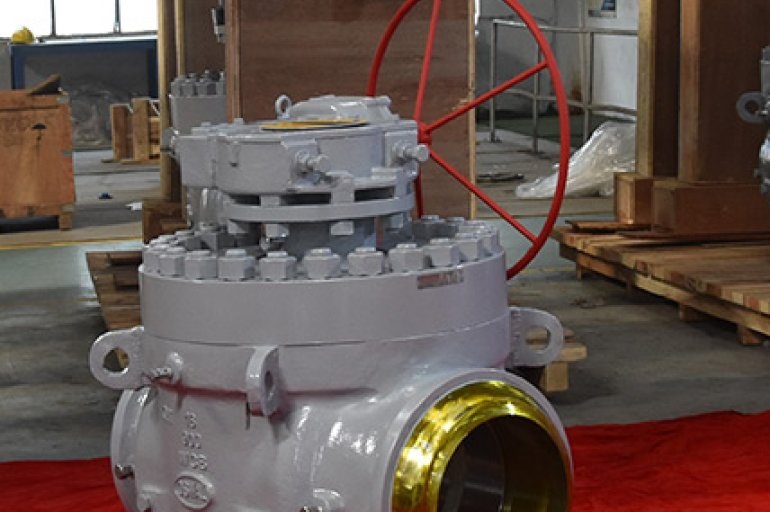The valve actuators are very important in numerous industrial and infrastructure projects. They are responsible for controlling valves in various pipelines and machines that ensure the flow of different fluids like pure water in pharmaceutical industries or fuel in automotive. Without any actuation of valves, they remain powerless since they cannot read performance indicators, nor can outside remote commands move them to open or close them, or regulate flows inside the pipes by regulating pressure.
The functions of valve actuators
One such is emergency shutdown capabilities, among the actuator’s most critical functions. Actuators linked to valves can fully close them down instantly regardless of whether there has been any normal regulation positioning whenever sensors detect pressure breaches, high levels of heat, equipment failures, or other abnormal conditions occur. Actuators make quick response times impossible, unlike valves without actuators, which must be adjusted manually after any abnormal finding.
In case accidents happen at factory premises, some smart actuators provide plant managers with opportunities for remote emergency intervention techniques. Once given a command from the control room, computer operators will send electronic signals directly into these external systems; these enable both wired and wireless networks to allow difficult-to-access devices to exist across one’s facility. The saved time helps in averting potential destruction if specific events were handled late during emergencies being experienced within factories.
Actuators enable precise flow modulation during normal operation, which manual valves cannot achieve. Developed algorithms and programmable control systems use electric or pneumatic actuators to align valves for any given demand condition. The level of intelligent automation balances pipeline flows, optimizes pressure, reduces wasted energy or resources from oversupply, and prevents under-delivery.
A valve actuator minimizes maintenance needs and downtime when viewed efficiently. Actuated models do not need periodic adjustments by workers, similar to those made on manual valves. With electronic impulses instead of physical labor for adjusting actuation, valve wear becomes minimal compared to other forms of operation, such as manual ones. Reduced servicing will integrate into shorter inspection downtime, less repair time or parts renewal, thus high reliability.
Otherwise, remote performance assessment and condition monitoring were only possible using actuated valves. For instance, advanced actuators with smart positioning sensors record data such as cycle count, throughput, pressure loads, and torque during operations. Performance telemetry gets analyzed to catch emerging issues, predict failures and schedule proactive repairs. Remote monitoring eliminates expensive, perilous direct inspections, especially where reaching certain external devices across your facility is hard.
Ending
Actuating valves are advantageous in many ways causing them to be used widely in both infrastructural and industrial installations. Automated actuation makes it possible for immediate emergency shutdowns and quicker accident response reducing the risk of accidents. Remote controlled actuators make this much easier as their settings can be changed without any difficulties from one place to another.

